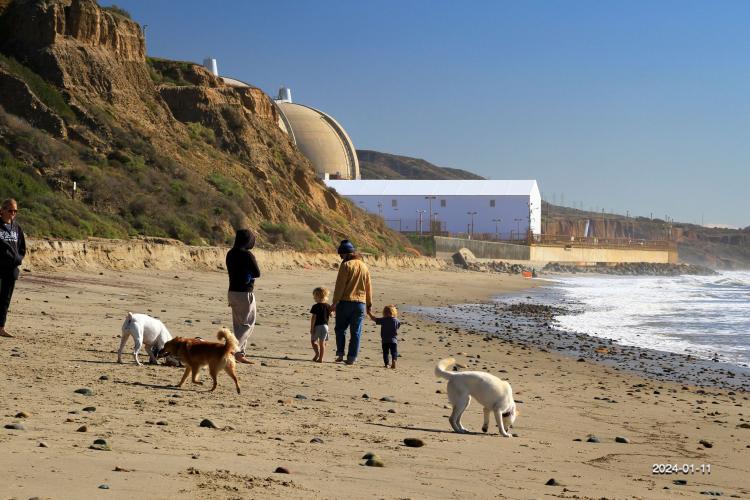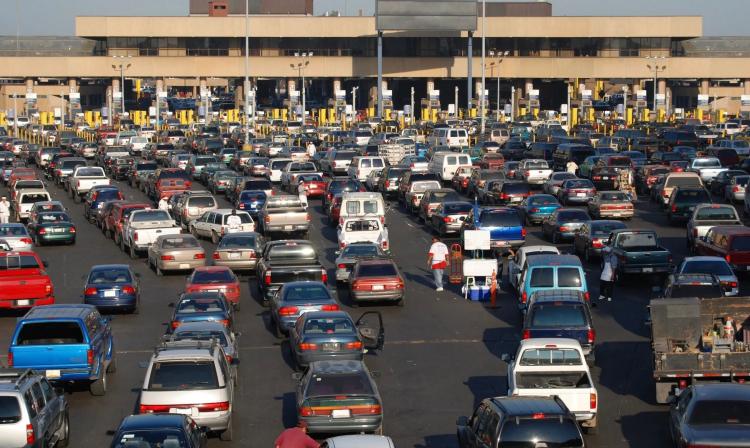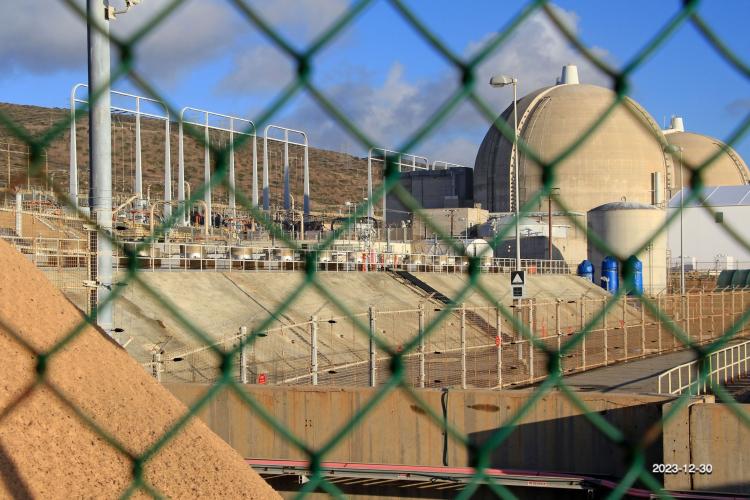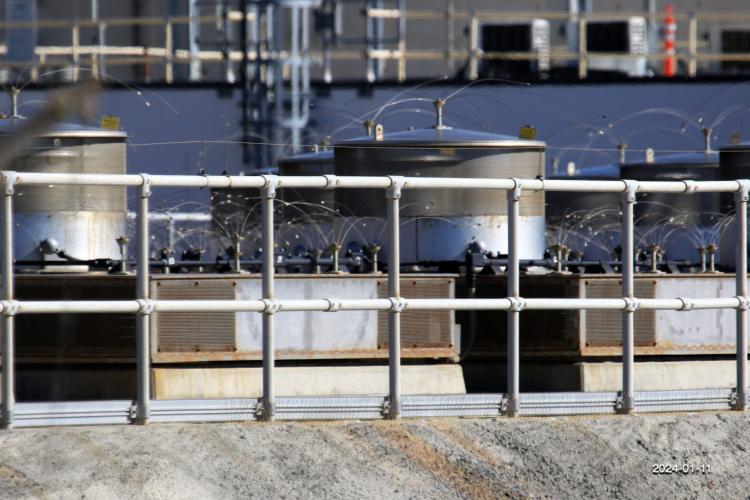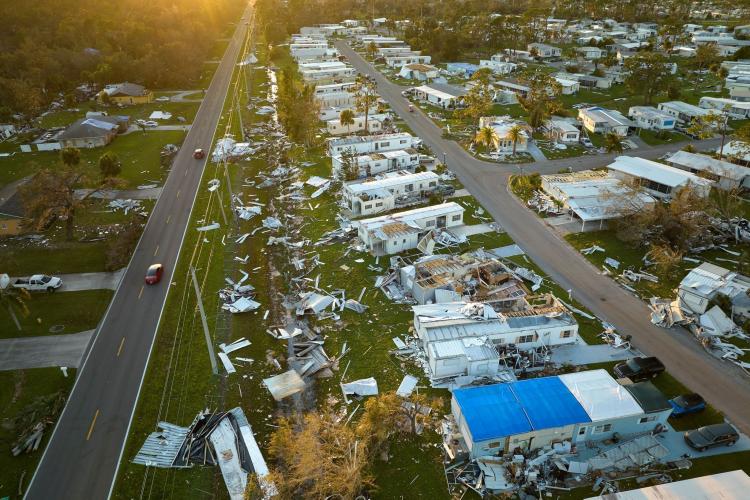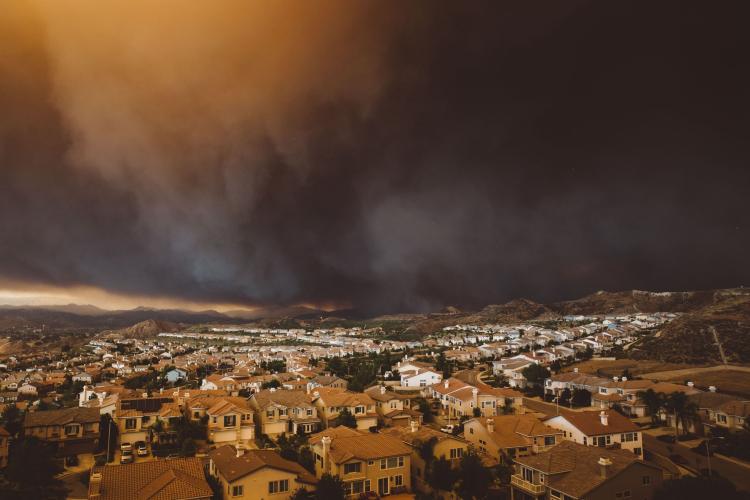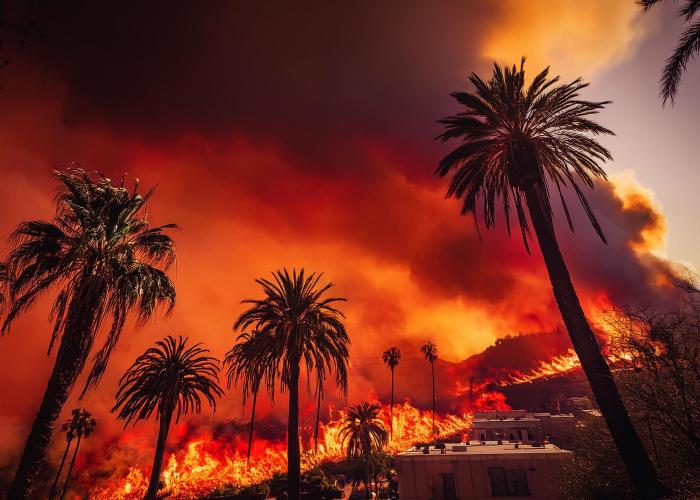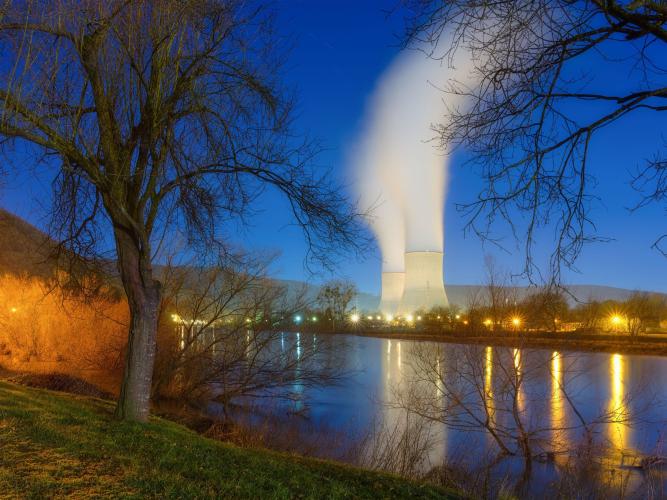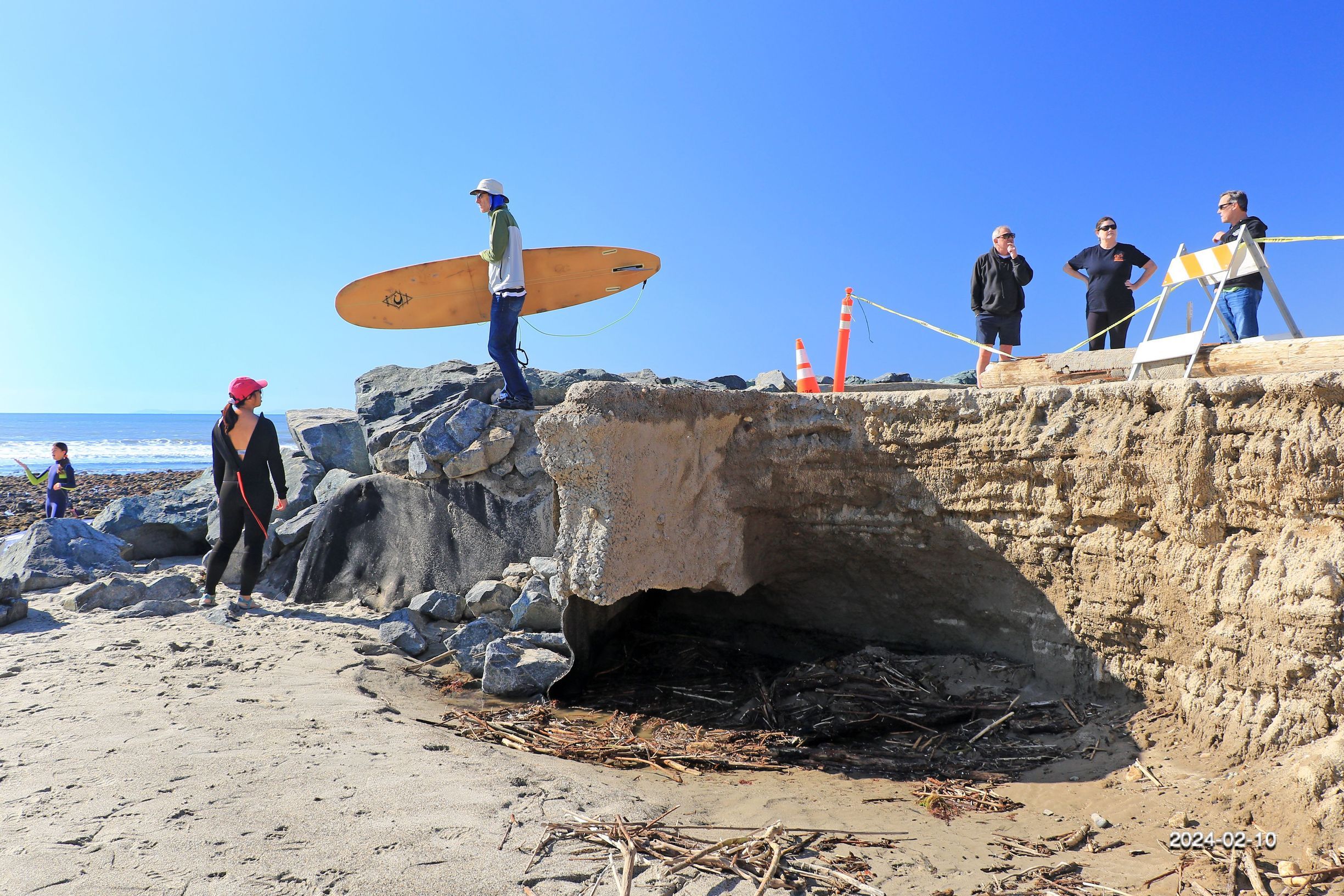
Recreation Beside Radioactive Waste
Diane Edmonds
Surfers and families enjoy San Onofre State Beach, unaware that just meters below, spent nuclear fuel sits in canisters—an invisible hazard beneath scenic cliffs.
San Onofre State Beach, known for its waves and wide sandy shores, draws surfers, campers, and families year-round. Yet few visitors realize that beneath the scenic cliffs lies one of the country’s largest nuclear waste storage sites. The decommissioned San Onofre Nuclear Generating Station houses millions of pounds of spent nuclear fuel in canisters located just steps from the Pacific Ocean.
A Paradox of Place
For beachgoers, the contrast is stark: children building sandcastles and surfers catching waves just meters from radioactive waste sealed in steel and concrete. While the beach offers recreation and a connection to nature, the presence of spent fuel is a persistent, invisible hazard. Even though the canisters were engineered to withstand accidents and corrosion for decades, they were never intended to remain in place permanently.
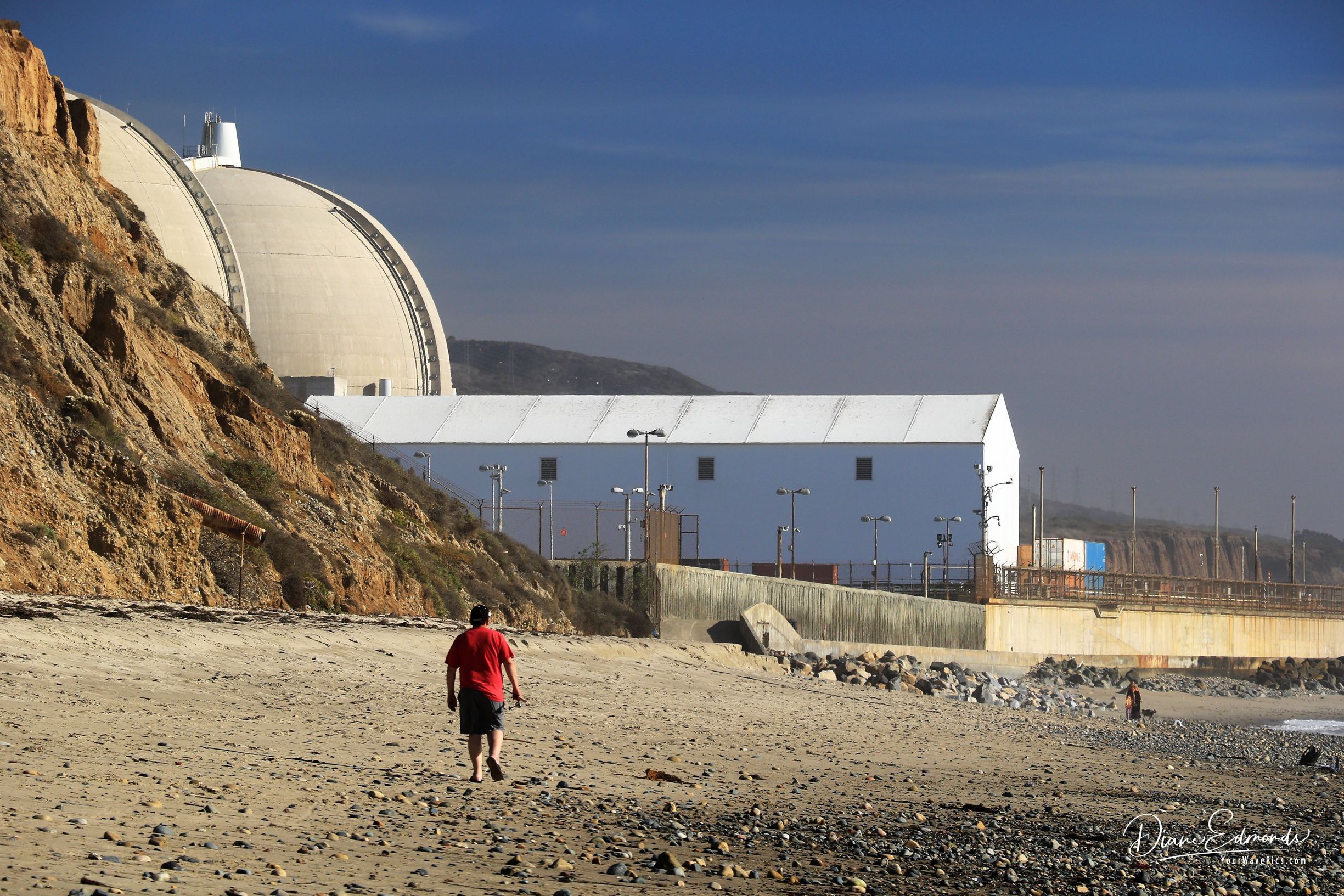
The Paradox of Place
Diane Edmonds
Children play and surfers ride waves mere steps from millions of pounds of spent nuclear fuel. Beauty and danger coexist at San Onofre State Beach.

The Paradox of Place
Diane Edmonds
Children play and surfers ride waves mere steps from millions of pounds of spent nuclear fuel. Beauty and danger coexist at San Onofre State Beach.
Environmental and Community Stakes
The location is particularly vulnerable. Rising seas, increasing storm surges, and the region’s seismic activity all pose risks. Should the canisters ever fail or be compromised, the consequences would extend far beyond the immediate area, impacting marine life, local economies, and the health of surrounding communities. Public safety and environmental integrity hinge on proactive planning, monitoring, and investment in long-term solutions.
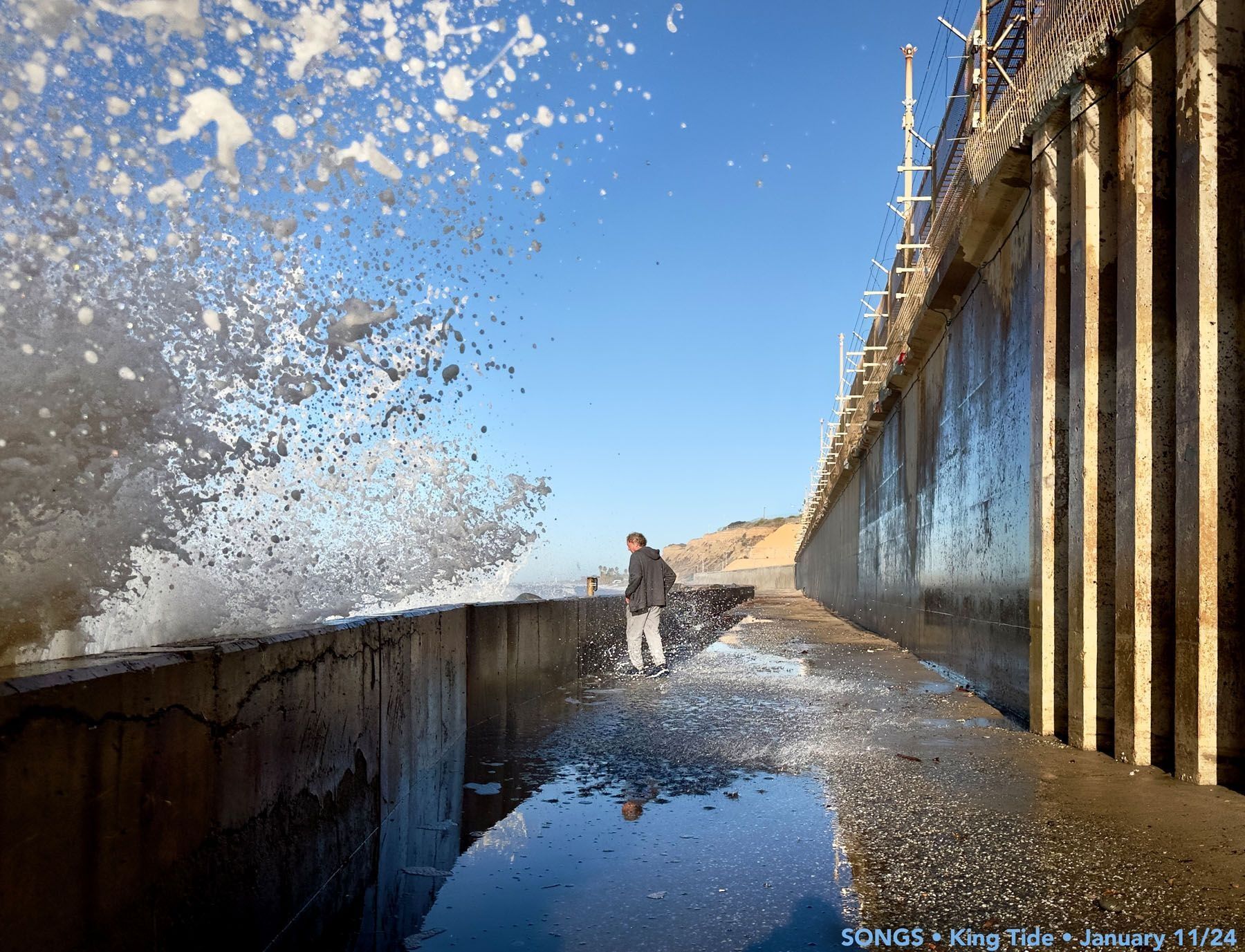
Coastal Threats to Nuclear Waste
Gary Headrick
King tides erode San Onofre’s seawall, highlighting risks to stored nuclear fuel. Rising seas and climate change put coastal communities at long-term risk.

Coastal Threats to Nuclear Waste
Gary Headrick
King tides erode San Onofre’s seawall, highlighting risks to stored nuclear fuel. Rising seas and climate change put coastal communities at long-term risk.
Lessons for the Future
San Onofre illustrates a larger truth about America’s energy history: the benefits of nuclear power came with long-term environmental and social obligations that remain unresolved. For California’s coastline, the challenge is not just enjoying the waves, but ensuring that future generations can safely do so. The beach is more than a recreation spot — it’s a frontline in the urgent debate over how we store and secure the nation’s most dangerous materials.
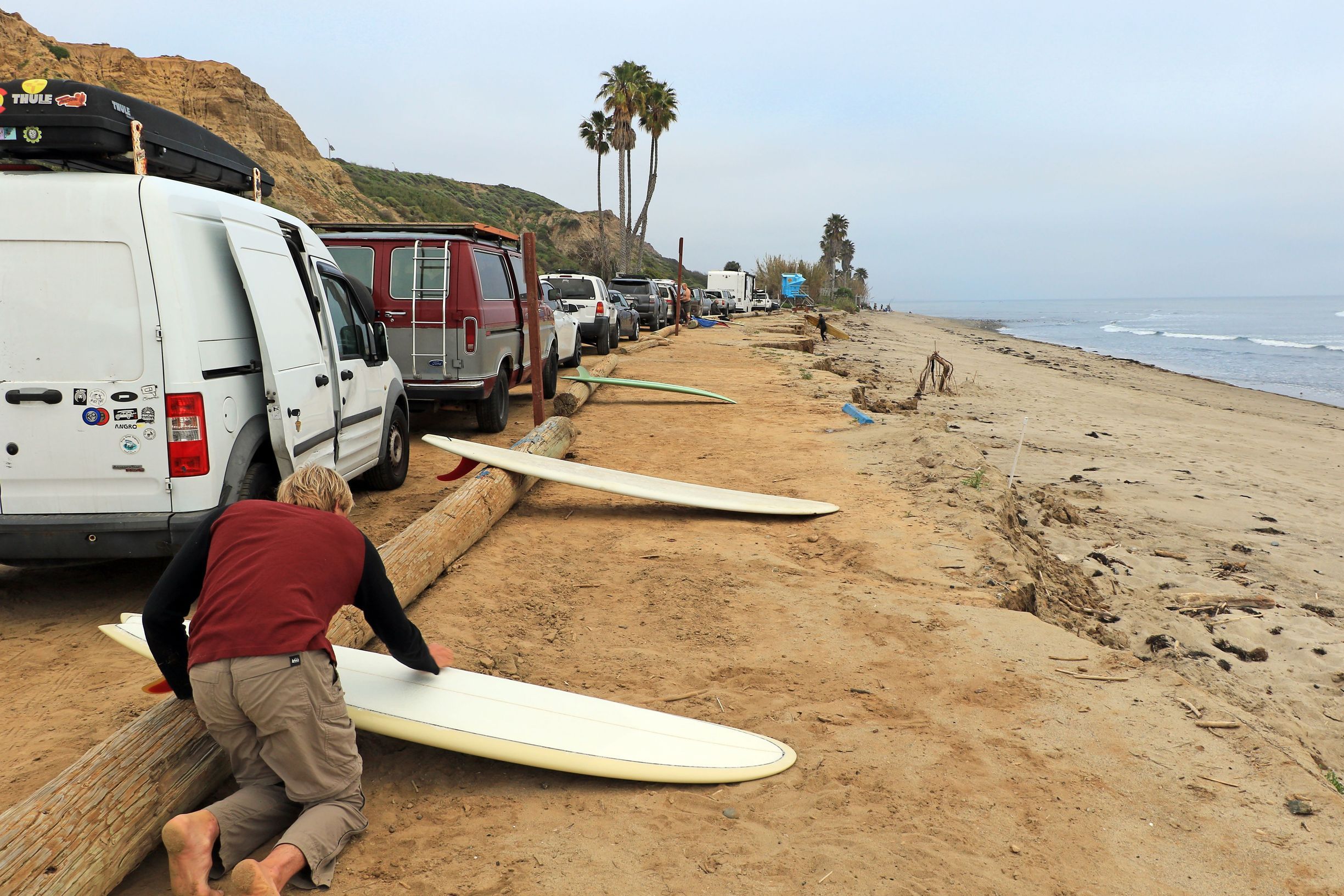
The beach near the SONGS (San Onofre Nuclear Generating Station) power
Diane Edmonds
The beach near the SONGS (San Onofre Nuclear Generating Station) power plant in California is called San Onofre State Beach, also known as Old Man's Beach or Trestles. It's a popular surfing and recreational beach, located adjacent to the former nucl

The beach near the SONGS (San Onofre Nuclear Generating Station) power
Diane Edmonds
The beach near the SONGS (San Onofre Nuclear Generating Station) power plant in California is called San Onofre State Beach, also known as Old Man's Beach or Trestles. It's a popular surfing and recreational beach, located adjacent to the former nucl
